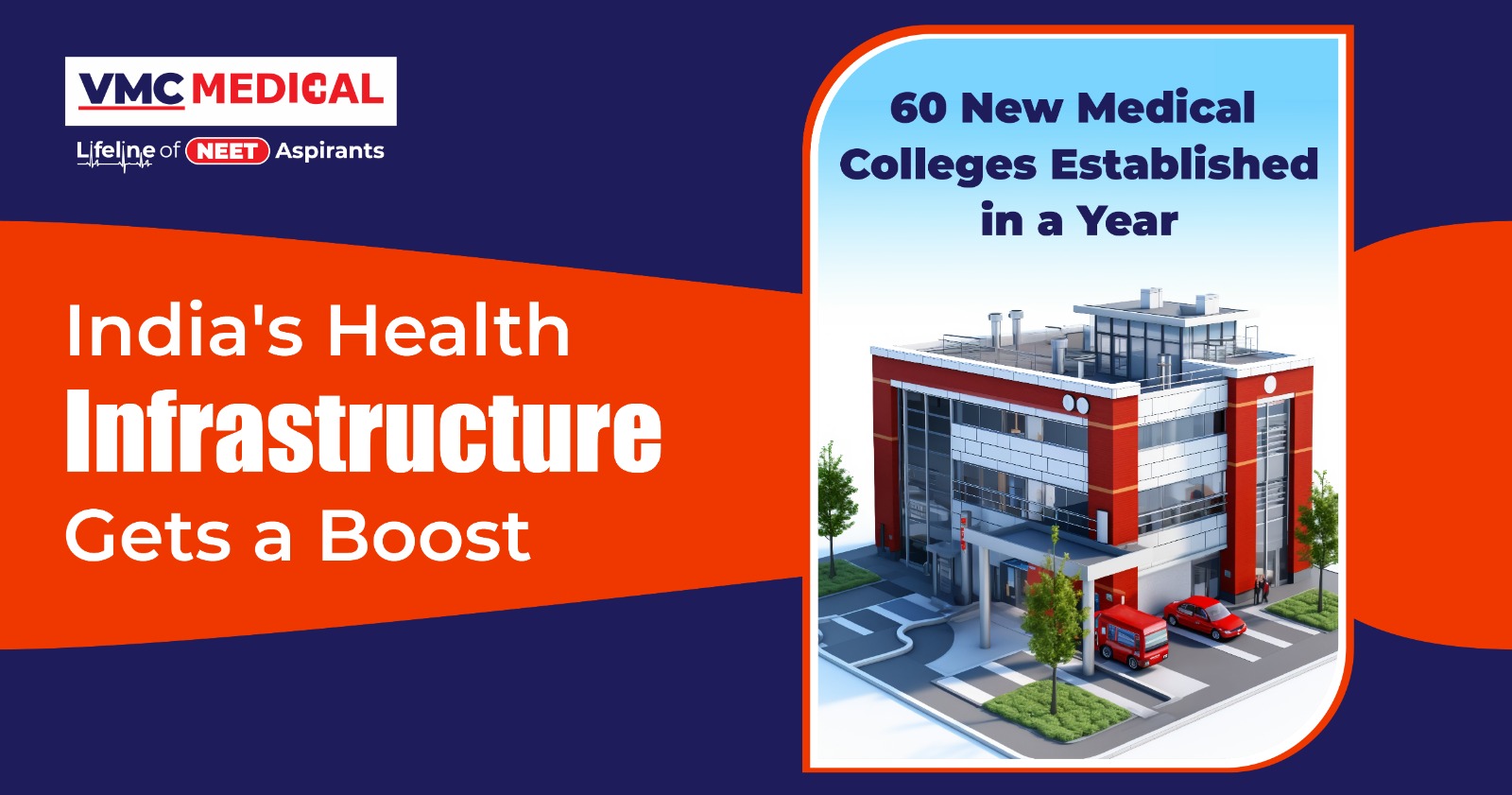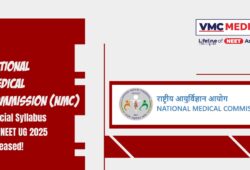India’s Health Infrastructure Gets a Boost: 60 New Medical Colleges Established in a Year
 Posted On
Posted On
172 total views, 2 views today
In an impressive stride towards enhancing India’s healthcare education, the nation has witnessed the establishment of 60 new medical colleges in a single year. This development, marking an 8.07 percent increase in the total number of medical institutions, was highlighted by Union Health Minister JP Nadda during a discussion on the Ministry’s achievements within the first 100 days of the new government. The minister revealed that the total number of medical colleges surged from 706 in the academic year 2023-24 to 766 in 2024-25, underscoring the government’s commitment to strengthening healthcare infrastructure across the country.
A Decade of Growth in Medical Education
The current increase in the number of medical colleges is part of a larger trend that has seen substantial growth in medical education in India. Over the past decade, the number of medical colleges has doubled, rising from 387 in 2013-14 to 766 in 2024-25. This growth reflects the addition of 379 new medical institutions during this time, bringing the total to 423 government-run and 343 private medical colleges operating nationwide.
This expansion has not only created more opportunities for aspiring doctors but has also played a critical role in addressing the shortage of healthcare professionals, especially in underserved regions.
The government’s emphasis on expanding healthcare education is reflected in its long-term vision to ensure that every state and region has sufficient access to medical education and healthcare services. By setting up more medical colleges, the government aims to decentralize medical education, allowing students from various parts of the country to pursue medical careers without the need to relocate to metropolitan cities. This regional availability of medical education institutions is expected to increase the number of trained professionals in rural and semi-urban areas, thereby improving the overall quality of healthcare services across the country.
Surge in MBBS Seats
Alongside the increase in the number of medical colleges, there has been a significant rise in the availability of MBBS seats in India. According to Health Minister Nadda, MBBS seats have grown by 6.30 percent in the past year alone, increasing from 1,08,940 in 2023-24 to 1,15,812 in 2024-25. This expansion in seats reflects a sustained effort by the government to meet the rising demand for medical education and ensure that more students have access to high-quality training in healthcare.
In fact, when looking at the data over the last decade, the number of MBBS seats has grown by a staggering 125 percent. In 2013-14, there were only 51,348 MBBS seats available, but by 2024-25, this number has risen to 1,15,812. This massive growth has significantly improved the doctor-to-patient ratio in India, contributing to better healthcare delivery. The increase in the number of MBBS seats has allowed more aspiring doctors to fulfill their dreams, helping the country tackle the shortage of trained healthcare professionals, particularly in rural and underserved areas.
Impact of Government and Private Institutions
One of the key reasons behind this remarkable growth in medical colleges and MBBS seats is the balanced approach between government and private sector involvement. Currently, India has 423 government medical colleges, which are instrumental in providing affordable and accessible medical education to students from all sections of society. At the same time, the 343 private medical colleges play a complementary role by offering additional seats and advanced facilities, albeit at a higher cost.
The government has been working to maintain a balance between the two sectors, ensuring that students from different socioeconomic backgrounds have equal opportunities to pursue medical education. This balanced approach has not only expanded access to medical education but also fostered healthy competition between public and private institutions, driving improvements in the quality of education and healthcare services.
AIIMS Darbhanga: A Major Milestone in Bihar’s Healthcare Sector
In addition to the expansion of medical colleges and MBBS seats, the government has made significant strides in setting up new AIIMS (All India Institute of Medical Sciences) institutions across the country. One such notable achievement is the progress on AIIMS Darbhanga in Bihar. After years of delay, the long-pending land issue for the establishment of AIIMS Darbhanga was finally resolved. On August 12, 2024, the Bihar government handed over 150.13 acres of land, paving the way for the construction of the institute.
AIIMS Darbhanga, once operational, is expected to play a pivotal role in providing affordable, high-quality tertiary healthcare to the people of Bihar and the surrounding regions. The establishment of this premier medical institution will not only enhance healthcare services in the region but will also significantly reduce the out-of-pocket expenses for patients seeking advanced treatments. Furthermore, AIIMS Darbhanga will contribute to the overall development of medical education in Bihar, offering state-of-the-art facilities for medical students and healthcare professionals.
It is important to note that the Union Cabinet had initially approved the establishment of AIIMS Darbhanga back on September 15, 2020, with an estimated budget of Rs 1,264 crore. However, due to administrative and land acquisition delays, the project had been stalled for several years. Now that the land issue has been resolved, the construction of AIIMS Darbhanga is expected to progress rapidly, with hopes of completion in the coming years.
Impact on Healthcare Access and Quality
The establishment of new medical colleges and the increase in MBBS seats are expected to have a transformative impact on India’s healthcare landscape. By increasing the number of trained medical professionals, the government is addressing the critical shortage of healthcare workers, which has been one of the major challenges in the country’s healthcare system. More medical colleges mean more doctors, which in turn means better healthcare access for people across India, especially in rural and remote areas where healthcare services have traditionally been limited.
Moreover, the expansion of medical education is closely linked to improvements in the quality of healthcare services. As more students graduate from medical institutions, they bring with them the latest knowledge, skills, and technologies, thereby raising the standard of healthcare in the country. This influx of new medical professionals will not only improve patient outcomes but also foster innovation in the healthcare sector, helping India remain at the forefront of medical advancements.
A Bright Future for Medical Education in India
The establishment of 60 new medical colleges in just one year, along with the increase in MBBS seats, is a testament to the government’s commitment to improving healthcare education and services in India. By focusing on both public and private sector involvement, the government has created a robust system that ensures medical education is accessible to all, while also fostering innovation and excellence in the field.
As India continues to grow its healthcare infrastructure, the future looks promising for both aspiring medical students and patients. With the government’s continued efforts to expand and improve medical education, India is well on its way to becoming a global leader in healthcare, capable of meeting the needs of its growing population while providing world-class medical services to all. The recent progress on AIIMS Darbhanga is yet another example of how the government is working to ensure that high-quality healthcare is available to all citizens, regardless of their location or economic status.
The coming years will undoubtedly see even more growth and development in the medical education sector, further solidifying India’s position as a hub of healthcare excellence.




